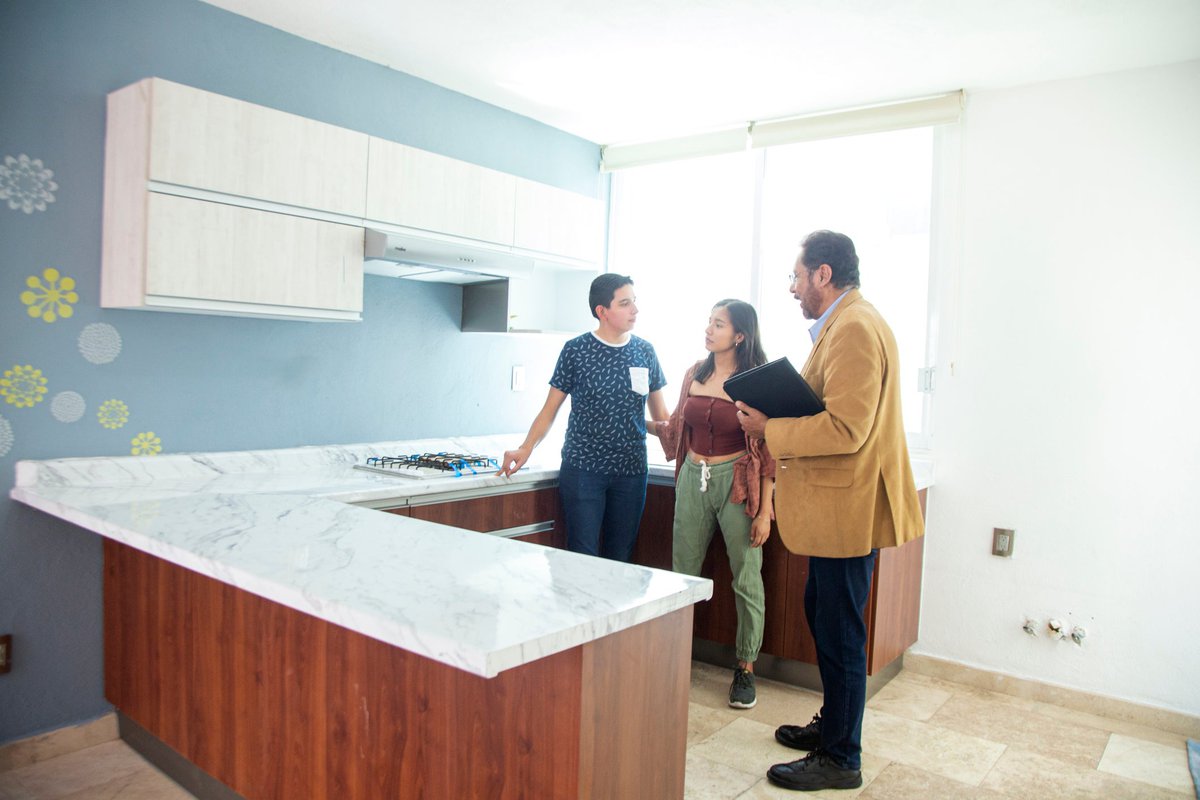This device is too small
If you're on a Galaxy Fold, consider unfolding your phone or viewing it in full screen to best optimize your experience.

Image source: Getty Images
Don't let a low down payment hurt your overall financial picture.
Key points
- Ideally, homeowners will make a 20% down payment to avoid private mortgage insurance costs.
- Not every home buyer has 20% to put down.
- Suze Orman says it can be OK to put down less, but only if you take a few key steps first, including saving up an emergency fund.
If you're planning to purchase a home and are going to get a mortgage to do so, ideally you will want to make a 20% down payment. This means putting down $20,000 per $100,000 in home value.
A 20% down payment allows you to avoid having to buy a special type of insurance, called private mortgage insurance. PMI protects mortgage lenders from losing money if they have to foreclose. Since loans with 20% down payments aren't as risky, putting so much down also enables you to get better rates and to borrow from a broader choice of loan providers.
Unfortunately, it can be hard to save enough to put down so much. If you're thinking of buying a house with less than 20% down, this may not be the worst idea in the world as you can get into a property and start building equity and benefiting from property appreciation sooner. But, you don't want to move forward unless you're in a good position to do so.
Finance expert Suze Orman recommends a few key steps you need to take before buying a home with less money down. Here's what Orman said.
Four Suze Orman requirements for buying a home with little money down
While Orman explained that she's "always had a rule of thumb that you should put at least 20% down so you don’t have to pay PMI," she acknowledged that people who really want to become homeowners ASAP don't necessarily have to wait until they can do that. She believes it's OK to move forward with a 10% down payment if you meet four key criteria:
- Saving up a fully funded emergency fund: Orman has advised saving up enough money to cover eight to 12 months worth of living expenses. A large emergency fund will help you cover repair bills and ensure you can pay your mortgage even if your income falls. You'll also be better prepared to cover any repair expenses that can arise once you become a homeowner.
- Paying off your credit card debt: If you've paid down consumer debt, you should be able to qualify for a mortgage more easily since your debt-to-income ratio is an important factor lenders consider. Not having other debt payments will also make it easier to ensure you can cover your mortgage.
- Fully funding your retirement accounts: Orman warned not to jeopardize your ability to earn your full employer match or to meet your retirement savings goals by buying a house that interferes with your ability to invest for the future.
- Ensuring your income is stable: Finally, Orman stressed the importance of making sure your job is secure so you will continue getting the paychecks needed to pay your mortgage bills.
By meeting these requirements, you can ensure that even with a smaller down payment, you're in a good financial position to commit to the responsibilities of homeownership. But if any of them are lacking, you may want to delay until you get all your ducks in a row. "If you think that it’s going to make [you] house rich and cash poor, I would wait at this point in time,” Orman advised.
Should you listen to Orman?
Orman has made some solid points and provided great insight into crucial steps necessary to be ready for homeownership -- especially when you aren't making a large down payment
The reality is, the risk is greater when you commit to buying a home without putting at least 20% down. You could find yourself owing more than the house is worth or could struggle more to make the payments due to the higher loan amount. You don't want to get into this situation, so completing Orman's recommended steps before moving forward is the smartest move you can make.
The Ascent's Best Mortgage Lender of 2022
Mortgage rates are on the rise — and fast. But they’re still relatively low by historical standards. So, if you want to take advantage of rates before they climb too high, you’ll want to find a lender who can help you secure the best rate possible.
That is where Better Mortgage comes in.
You can get pre-approved in as little as 3 minutes, with no hard credit check, and lock your rate at any time. Another plus? They don’t charge origination or lender fees (which can be as high as 2% of the loan amount for some lenders).
About the Author
Featured Articles
"payment" - Google News
July 31, 2022 at 10:00PM
https://ift.tt/JmjgosL
Suze Orman Says to Take These 4 Steps Before Buying a Home With a Low Down Payment - The Motley Fool
"payment" - Google News
https://ift.tt/XhG6UMt
https://ift.tt/m5qkhJC
Bagikan Berita Ini














0 Response to "Suze Orman Says to Take These 4 Steps Before Buying a Home With a Low Down Payment - The Motley Fool"
Post a Comment